Growing Interest in Home Baking
The rising interest in home baking is driving demand for gluten free-flours. As more individuals engage in baking as a hobby, the need for gluten-free alternatives has become apparent. This trend is particularly pronounced in the U.S., where consumers are experimenting with various recipes that require gluten free-flours. The market for gluten-free baking products is projected to grow significantly, with gluten free-flours being a key component. The gluten free-flours market is poised to benefit from this trend, as home bakers seek high-quality, versatile flours to create gluten-free versions of their favorite baked goods.
Rise of Vegan and Plant-Based Diets
The growing popularity of vegan and plant-based diets is contributing to the expansion of the gluten free-flours market. As more consumers seek alternatives to animal products, the demand for gluten-free flours made from legumes, nuts, and other plant sources is increasing. This shift is not merely a trend but appears to be a fundamental change in dietary preferences. Data indicates that the plant-based food market in the U.S. is expected to reach $74.2 billion by 2027, with gluten free-flours playing a crucial role in this transformation. The gluten free-flours market is likely to benefit from this trend, as consumers look for versatile and nutritious options that align with their dietary choices.
Health Consciousness Among Consumers
The increasing awareness of health and wellness among consumers appears to be a primary driver for the gluten free-flours market. As individuals become more informed about dietary choices, the demand for gluten-free products has surged. This trend is particularly evident in the U.S., where a significant portion of the population is adopting gluten-free diets, either due to celiac disease or a general preference for healthier options. According to recent data, the gluten-free food market is projected to reach approximately $7.59 billion by 2027, with gluten free-flours being a substantial segment. This heightened focus on health is likely to continue influencing purchasing decisions, thereby propelling growth in the gluten free-flours market.
Increased Availability in Retail Channels
The expansion of retail channels offering gluten free-flours is a significant driver for the market. Supermarkets, health food stores, and online platforms are increasingly stocking a variety of gluten-free flour options, making them more accessible to consumers. This increased availability is crucial, as it allows consumers to easily incorporate gluten free-flours into their diets. Recent statistics suggest that the gluten-free product market in the U.S. is expected to grow at a CAGR of 9.2% from 2020 to 2027. The gluten free-flours market is likely to see continued growth as retailers respond to consumer demand by diversifying their product offerings.
Influence of Social Media and Food Trends
The influence of social media on food trends is a notable driver for the gluten free-flours market. Platforms such as Instagram and Pinterest are inundated with gluten-free recipes and baking ideas, which encourages consumers to explore gluten free-flours. This visibility not only raises awareness but also fosters a community of gluten-free enthusiasts who share their experiences and recipes. As a result, the gluten free-flours market is likely to experience increased interest and sales, as consumers are motivated to try new products and incorporate gluten free-flours into their cooking and baking routines.


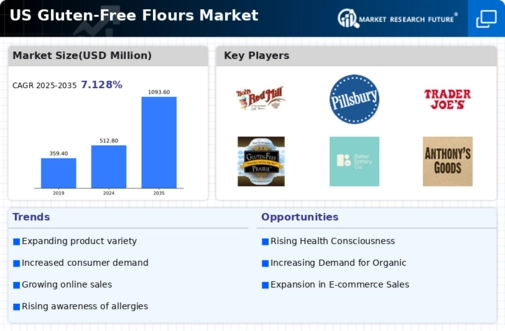
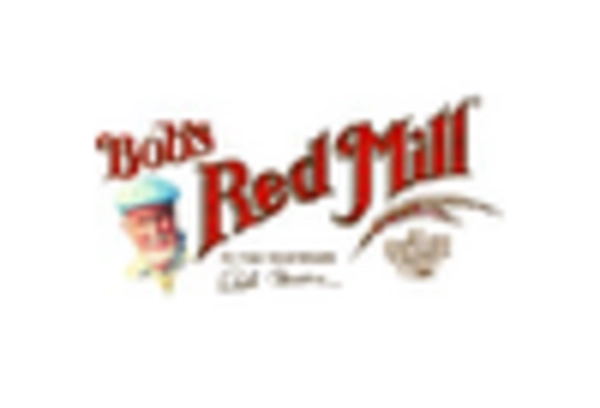
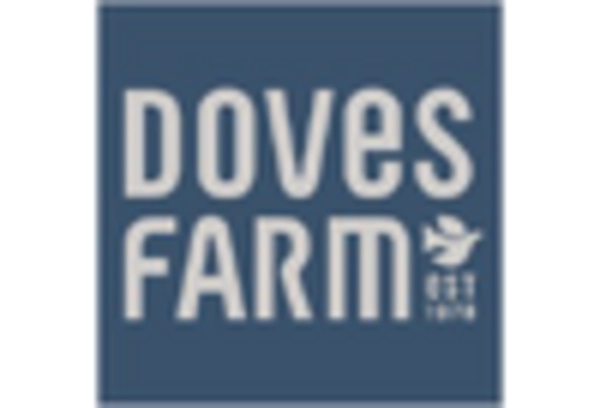
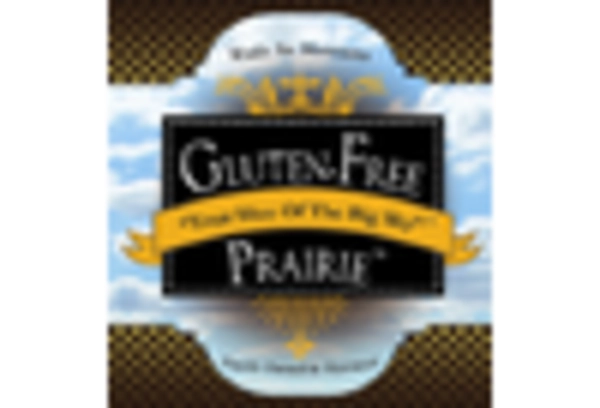
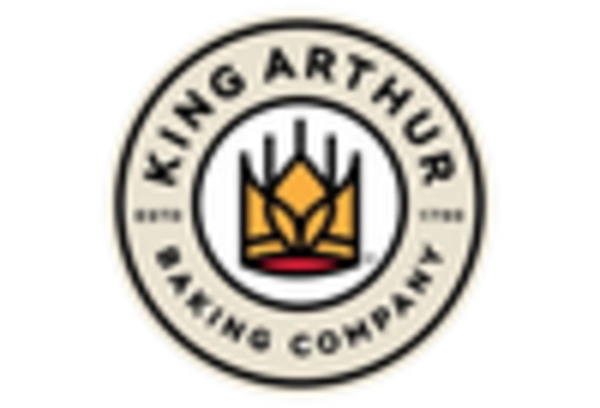
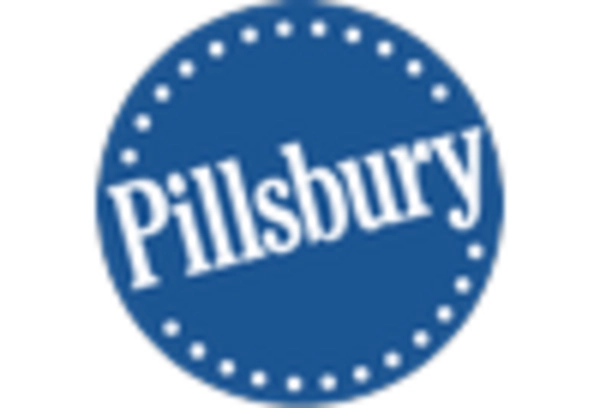
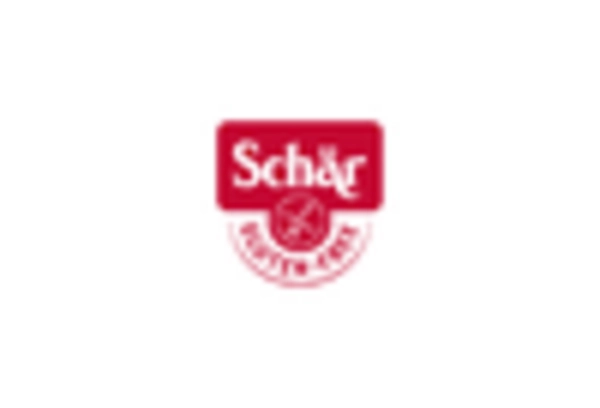








Leave a Comment